Wasp
• Anti-submarine • Missile equipped • Rescue
![]()

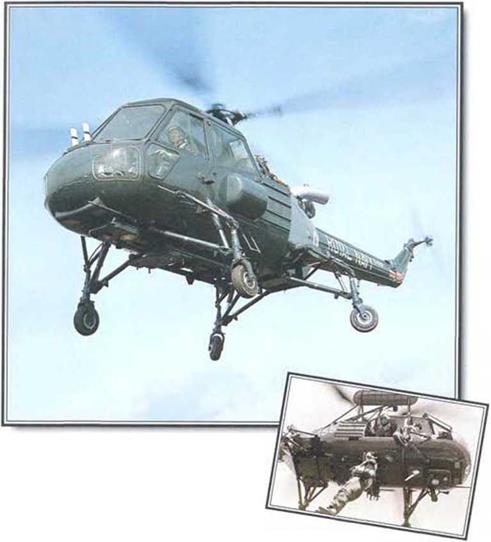
Saunders-Roe’s P.531 not only evolved into the excellent Scout but also the redoubtable Wasp anti-submarine helicopter. Still in service with minor navies, the Wasp has proved to be adaptable to many roles including sub-hunting, rescue, fire bombing and even crop-dusting.
Armed with missiles or torpedoes, the Wasp was a familiar sight on the decks of Royal Navy frigates and destroyers until the mid-1980s.
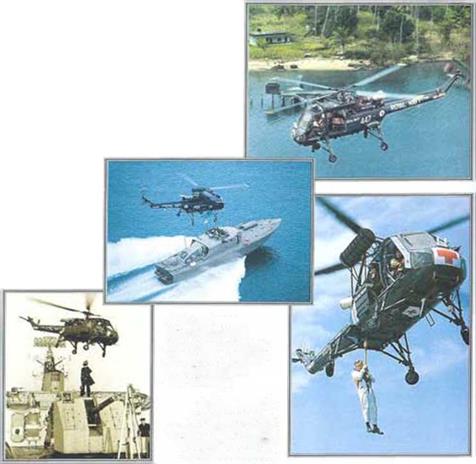 ▼ Projecting power
▼ Projecting power
![]() Dunng the 1960s tho Royal Navy was tasked with protecting British interests around the globe. The Wasp could be seen from Norway to tho Antarctic.
Dunng the 1960s tho Royal Navy was tasked with protecting British interests around the globe. The Wasp could be seen from Norway to tho Antarctic.
A Fleet defender
The primary job of tho Wasp was to protect British shipping from attack by submarine. By 1968 21 frigates were oporatmg Small Ship Wasp Flights.
Stung by the ► Wasp
For anti-submarine missions tho Wasp carried Луо Mk – M torpedoes. For surface targets these were replaced by the AS. 12 missile, as seen hero.
◄ Up and away
Flying from a small Wiped on a rolling ship is hazardous, and pilots wore aided by deck crow with flags.
To the rescue ►
In tho medovac and rescue role tho Wasp can winch help to casualties or pick up stretchers.
FACTS AND FIGURES
► Wasp dellvories began in 1963 after more than 200 test deck landings had been completed.
Wasps were ordered by the navies of Brazil, South Africa, Now Zealand and the Netherlands.
► The Royal Navy received a total of 98 Wasps; tho last was rotirod in 1988.
► The second crewman acted as navigator, gunner, missile oporator and winchman.
► Nine ships operated Wasps during the Falklands War of 1982.
► Wasps flow in support of British expeditions in Antarctica.
 |
 helicopters of the Royal Navy” align=”right hspace=367″ width=”275″ height=”17″ style=”margin-left:-360px;margin-right:360px;margin-top:45px; margin-bottom:147px”/>
helicopters of the Royal Navy” align=”right hspace=367″ width=”275″ height=”17″ style=”margin-left:-360px;margin-right:360px;margin-top:45px; margin-bottom:147px”/>![]()
![]()
![]()
![]()


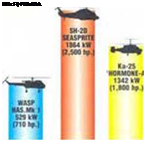


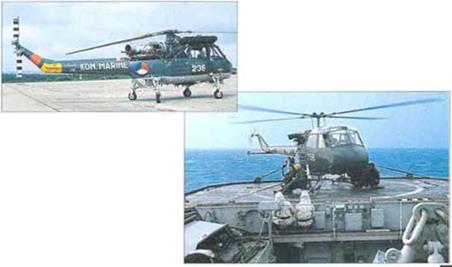
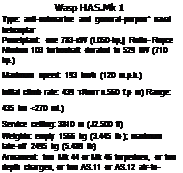
![]()

![]()
![]()
![]()


![]()


![]()
![]()
During.1 long and
distinguished career in the Royal N’.ivy, Wasps server! around the world from the decks ol warships.
Developed from the Saro Iі.531. which first flew in 1958. tlu* Wasp was a lightweight and adaptable anti-surface vessel and anti-submarine helicopter To counter the threat of enemy MihnuriiH-s the Wasp cuuhl lx – airborne within seconds, and with the an! ol its niotlier ship s sonar it cnukl attack with lurpcdoc* oi depth charges.
fho cabm soared a crow of two with provision tor Охи» passengers or о atrmcfw across the r«v Petocopic woopen eights wwo t’l tod to» tnng cm AS. it/AS. t2
The IriSi ralklands War saw the Wasp operating in anger. Flying from survey ships, patrol ships, warships and hospital ships, as well as merchant vessels, Task Force Wasps completed “27 sorties, making 3.333 deck landings on tasks such a% gunnery spotting, casualty evacuation and armed escort In the most famous Wasp action aircraft from Plymouth and Contembr Bezant attacked the Argentine submarine Santo Pc. and were iiismiment. il in its destruction
Above: The Netherlands navy was tho second largest export operator and flew ship-based АН – 12A Wasps until 1983.
Although finally retired from Royal Navy service in the late-1980s, the Wasp, despite its antiquated equipment and appearance, continues to provide valuable service for the navies of New /calami, Indonesia and Malaysia
onb subrrvvno hctccpter rs tfio Ixxney torpedo. The Wasp Girrna culver two Mk 44 or Mk.16 Wfpedoes AJtomutJvofy. rt can carry depth diarges or ди-to- surtaco rwcs-ies
Westland











